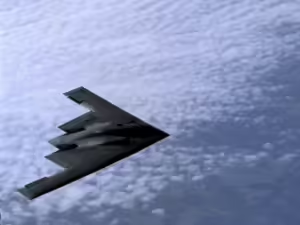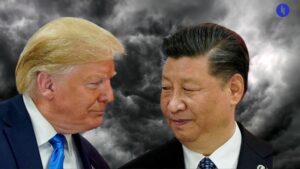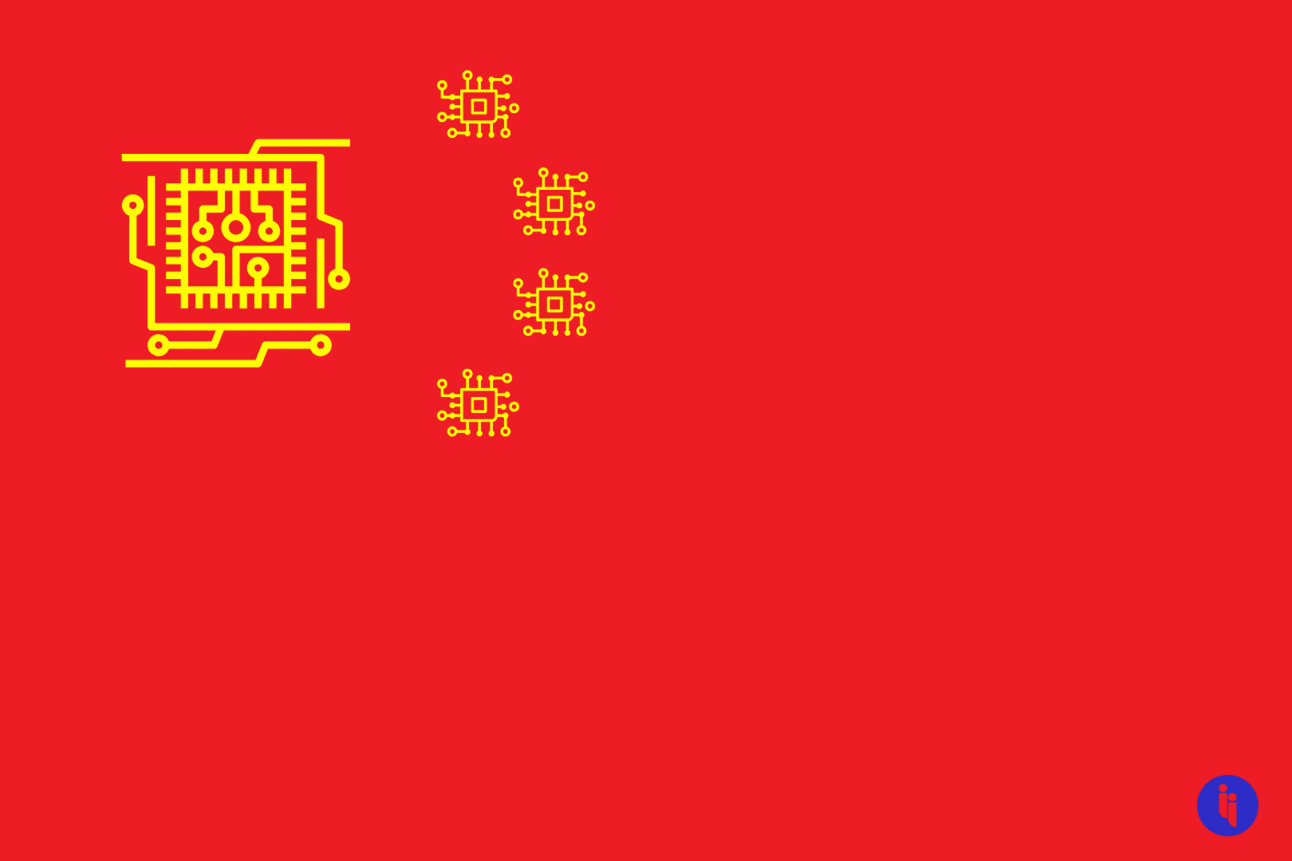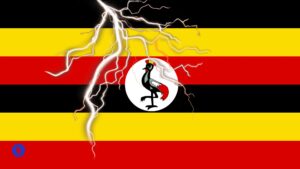The same week US Secretary of Commerce Gina Raimondo visited China late last month, Huawei quietly released its new Mate 60 Pro smartphone.
Using advanced 7 nanometre (nm) chips, this new gadget made waves:
- 🇨🇳 For many in China, it was proof that not even strict US sanctions (managed by Raimondo’s own department) could slow Beijing, and
- 🇺🇸 In the US, it raised questions: maybe China’s tech was more advanced than anyone realised; maybe the sanctions weren’t working; or maybe Huawei was just using pre-sanctions stockpiles.
Thanks to TechInsights pulling one of the phones apart for Bloomberg, we know the answer, and it’s not quite any of the above. What’s the story?
Stay on top of your world from inside your inbox.
Subscribe for free today and receive way much more insights.
Trusted by 134,000+ subscribers
No spam. No noise. Unsubscribe any time.
- 📱 Huawei’s new phone uses a 7nm chip produced by China’s Semiconductor Manufacturing International Corp (SMIC)
- 👨💻 To produce chips, SMIC uses classic, deep ultra violet (DUV) tech
SMIC already proved last year it could make 7nm chips with DUV. But the laws of nature impose hard limits on DUV, which can’t go much smaller than 7nm. And even at 7nm, lots of the DUV-produced chips don’t actually work.
To get chips much smaller than 7nm (key to artificial intelligence and other advances), you really need extreme ultraviolet lithography (EUV) tech from a Dutch company (ASML). But ASML can’t sell EUV to China.
And it’ll be a while before anyone else nails EUV tech: one lucky writer who glimpsed it up close said it was like “seeing the face of God”.
Intrigue’s take: First, sorry for all the acronyms (SFATA).
Second, China’s tech sector has shown it can advance beyond the 14nm limits the US sought to set. But it seems Beijing’s DUV tech is now bumping up against the laws of nature instead, and these laws are tougher to skirt.
And third, China always saw the sanctions as proof the US was out to ‘contain’ it. For its part, the US says it’s only ‘competing’ with China. And history suggests there’s a fine (7nm?) line between competition and confrontation.
Also worth noting:
- Dutch scientists projected their first EUV images in 1990. ASML then started trying to commercialise the tech in 1997. Its EUV machines didn’t enter commercial production until 2017.
- China recently extended a ban on government employees using the Apple iPhone.








